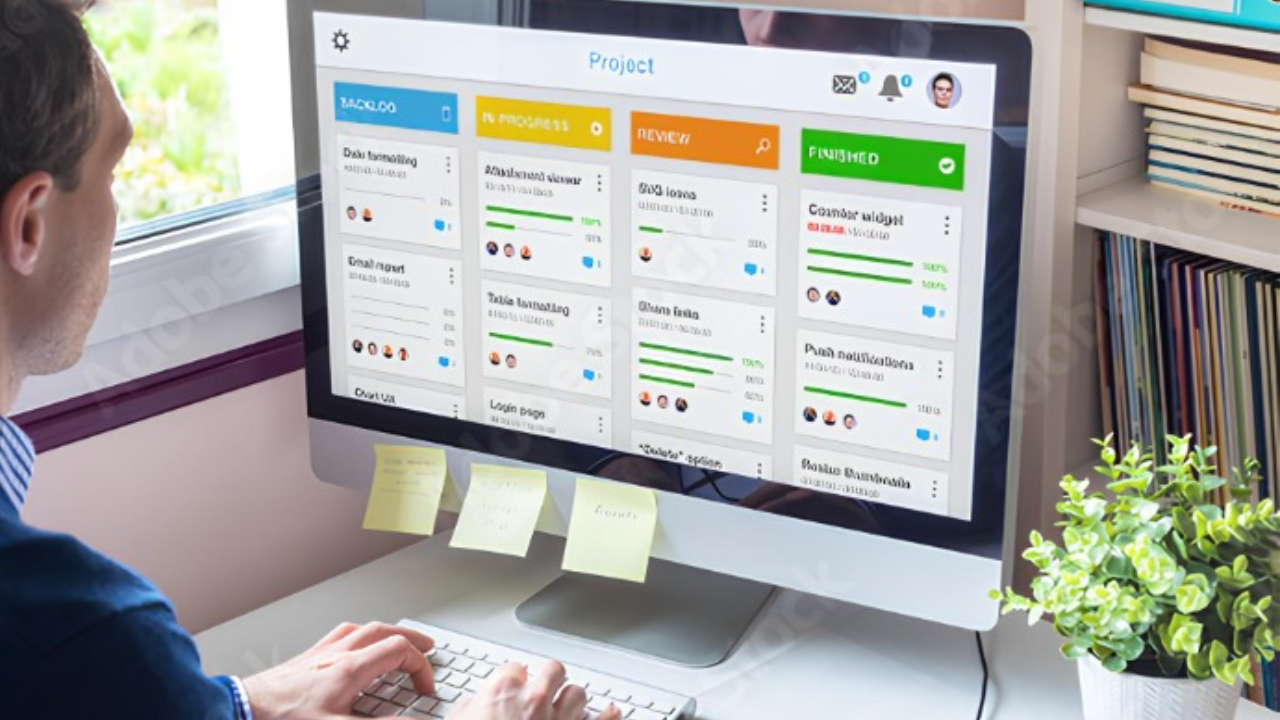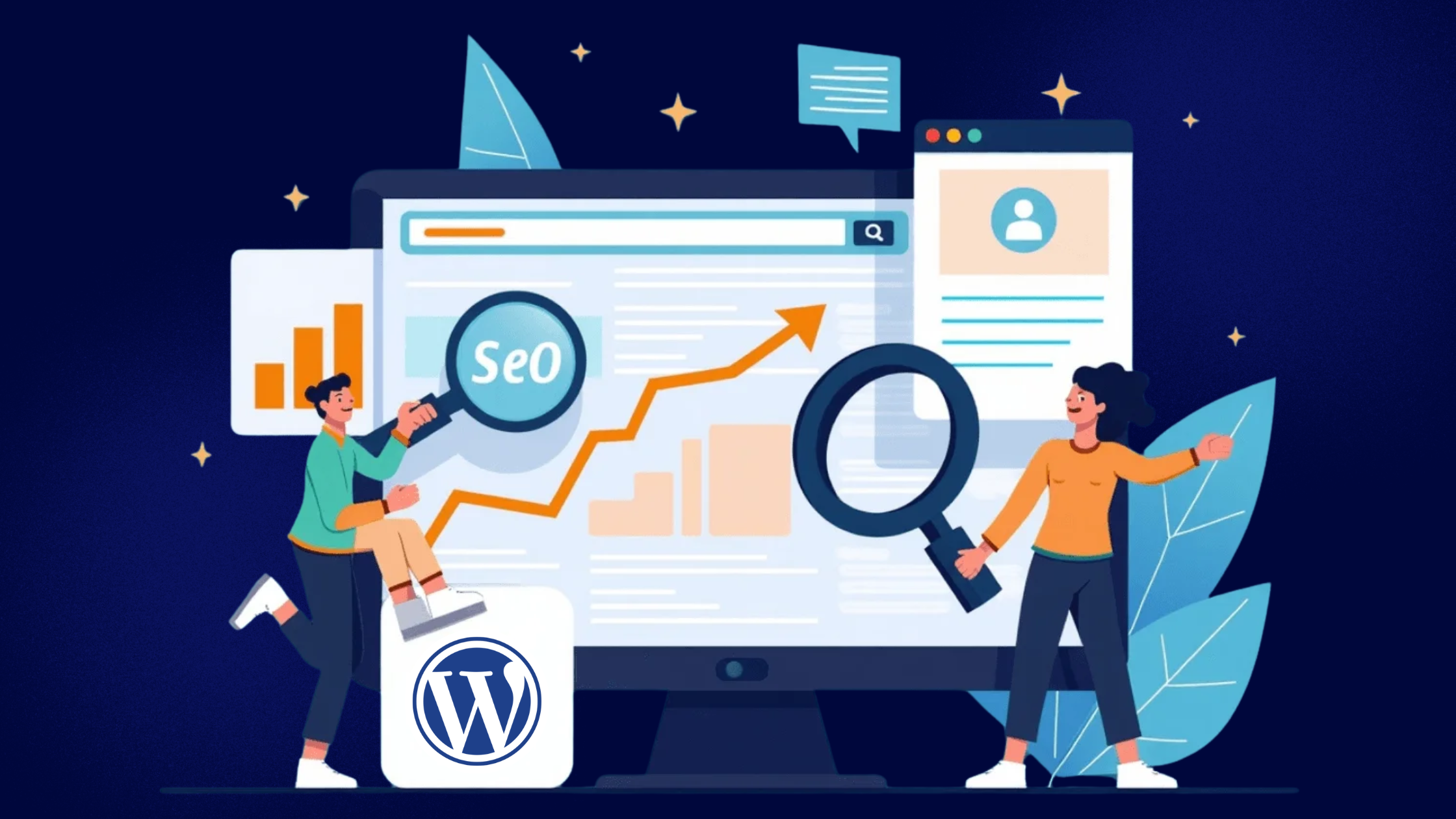Key Takeaways
| Fact | Details |
|---|---|
| Market Growth | The global digital product development market is expected to reach $1 trillion by 2025. |
| Success Rate | Only 30% of digital products succeed in the market, highlighting the need for a solid development process. |
| User-Centric Design | Products designed with user feedback have a 50% higher success rate. |
| Agile Methodology | Companies using Agile see a 20-40% improvement in time-to-market. |
Real-World Stats
- A study by McKinsey found that companies that prioritize product development are 3 times more likely to outperform their competitors.
- According to Statista, 70% of startups fail due to premature scaling or lack of market need.
What is Digital Product Development?
Digital product development refers to the process of creating software or applications that solve specific problems or meet the needs of users. This includes everything from mobile apps and websites to software platforms and digital services. Think of it like building a treehouse: you start with an idea, plan it out, gather materials, build it, and then invite your friends over to play!
Why is Digital Product Development Important?
In today’s digital world, developing a successful product is crucial for businesses. Here are some reasons why:
- Market Demand: With more people relying on digital solutions, there’s a growing demand for innovative products.
- Competitive Advantage: A well-developed product can set your business apart from competitors.
- User Satisfaction: Focusing on user needs leads to better products and happier customers.
- Revenue Growth: Successful digital products can significantly increase a company’s revenue.
The Step-by-Step Guide to Digital Product Development
Step 1: Ideation
Why It Matters: Every great product starts with an idea!Action Steps:
- Brainstorm Ideas: Gather your team and come up with as many ideas as possible. Don’t hold back!
- Research the Market: Look at existing products. What do they do well? What can be improved?
- Identify Pain Points: Talk to potential users. What problems do they face that your product could solve?
Step 2: Define Your Target Audience
Why It Matters: Knowing who your users are helps you create a product they will love.Action Steps:
- Create User Personas: Develop profiles for different types of users based on demographics, interests, and behaviors.
- Conduct Surveys: Use surveys or interviews to gather information about your target audience’s needs and preferences.
Step 3: Create a Product Roadmap
Why It Matters: A roadmap outlines your vision and guides your development process.Action Steps:
- Set Clear Goals: Define what you want to achieve with your product.
- Outline Features: List the key features you want to include in your product.
- Establish Timelines: Create a timeline for each phase of development.
Step 4: Design Prototypes
Why It Matters: Prototyping allows you to visualize your product before building it.Action Steps:
- Sketch Ideas: Start with rough sketches of your product’s design.
- Create Wireframes: Develop wireframes that outline the layout and functionality.
- Build Interactive Prototypes: Use tools like Figma or Adobe XD to create clickable prototypes for testing.
Step 5: Gather User Feedback
Why It Matters: User feedback helps refine your product and ensures it meets their needs.Action Steps:
- Conduct Usability Tests: Invite users to test your prototype and observe how they interact with it.
- Collect Feedback: Ask users what they like, what they don’t like, and what improvements they suggest.
- Iterate on Design: Use the feedback to make necessary changes before moving forward.
Step 6: Development
Why It Matters: This is where your idea becomes a reality!Action Steps:
- Choose a Development Methodology: Decide whether you will use Agile, Waterfall, or another approach.
- Set Up Your Development Team: Assemble a team of developers, designers, and project managers.
- Start Coding: Begin building the product based on the finalized design.
Step 7: Quality Assurance (QA)
Why It Matters: Testing ensures that your product works correctly and is free from bugs.Action Steps:
- Conduct Testing Phases: Perform unit testing, integration testing, and user acceptance testing (UAT).
- Fix Bugs: Address any issues that arise during testing before launching the product.
Step 8: Launch
Why It Matters: This is the moment you’ve been working toward!Action Steps:
- Create a Launch Plan: Outline how you will promote your product at launch.
- Engage Your Audience: Use social media, email marketing, and other channels to generate excitement.
- Monitor Performance: Track user engagement and feedback after launch to identify areas for improvement.
Step 9: Post-Launch Evaluation
Why It Matters: Evaluating your product after launch helps you understand its performance.Action Steps:
- Analyze User Data: Look at metrics such as user engagement, retention rates, and sales figures.
- Gather Ongoing Feedback: Continue collecting feedback from users to improve future versions of the product.
- Plan Updates: Based on feedback and data analysis, create a plan for updates or new features.
Common Mistakes in Digital Product Development
While developing a digital product, avoid these common pitfalls:
1. Ignoring User Feedback
Failing to listen to users can lead to products that don’t meet their needs. Always prioritize user input throughout the development process.
2. Skipping Prototyping
Jumping straight into development without prototyping can result in wasted time and resources. Prototypes help visualize ideas before full-scale development begins.
3. Lack of Clear Goals
Without clear objectives, teams may struggle to stay focused. Set specific goals for each phase of development.
4. Underestimating Time and Costs
Many projects go over budget or take longer than expected. Be realistic about timelines and costs when planning.
Conclusion
In conclusion, following this step-by-step guide from concept to launch can significantly increase your chances of developing a successful digital product. By focusing on ideation, understanding your target audience, creating prototypes, gathering feedback, and thoroughly testing before launch, you can build products that not only meet market demands but also delight users.As technology continues to evolve rapidly, staying adaptable and open-minded during the development process will help ensure long-term success. Remember that the journey doesn’t end at launch; continuous improvement based on user feedback is key to keeping your digital product relevant in an ever-changing landscape.Embrace innovation while maintaining a strong focus on user needs, and you’ll be well on your way to creating impactful digital solutions!
“The best way to predict the future is to invent it.” – Alan Kay










